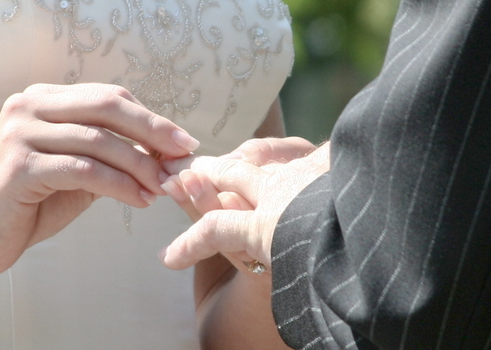The travel industry has reported significant growth in recent years as more people take to flying for business and pleasure. Major investments are made in order to to facilitate cheaper flights in an effort to reach more people. Flight attendants have been an integral part of the airline industry since it began, but what occupational changes have they experienced?
The hiring process
For a long period of time. airlines only hired women as flight attendants. These women had to pass a number of preconditions for employment. For example, only single women were given this position, and there were stipulations for height and weight. To continue working as a flight attendant, one had to remain unmarried for the duration of the contract. If an employee decided to get married, she had to forfeit her job.
Divorced and widowed women were allowed to work as flight attendants if they did not have children, but the rules were adjusted during the 1970s and 1980s to open up more positions for both men and women, regardless of their relationship status.
Height and weight requirements
Airlines in the 1930s required heights of 5 feet and a weight between 100-130 pounds. Age was an important factor. Most airlines hired women aged between 20 and 26 years. Applicants were also required to have perfect vision without glasses. Flight attendant requirements today are far more equitable.
All Flight attendants were registered nurses
When World War II broke out, the majority of registered nurses enlisted to help. This presented a huge problem for airlines, resulting in the cancellation of this rule. Over the years, modernization and equality on the genders have led to the abolition of rigid employment regulations and airlines now accept people across the board. The private air industry offers many opportunities for anybody interested in working as a flight attendant.











